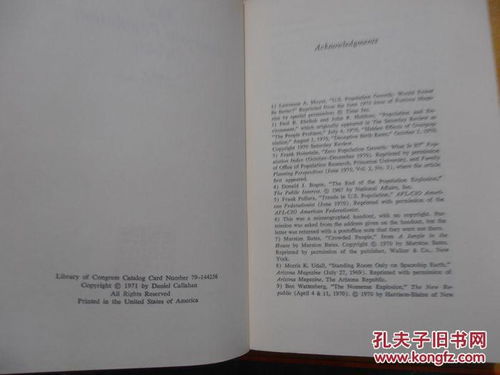The American Population in 1917: A Detailed Overview
In 1917, the United States of America was a nation on the brink of significant transformation. With a population of approximately 105 million, the country was experiencing a period of rapid growth and change. This article delves into various dimensions of the American population in 1917, including demographics, economic factors, and social dynamics.
Demographics

The American population in 1917 was characterized by a diverse mix of ethnicities and national origins. The largest ethnic group was the white population, which accounted for about 88% of the total population. Within this group, there were various nationalities, including German, Irish, English, and Italian.
Non-white populations also played a significant role in the American population. African Americans made up approximately 12% of the total population, while Native Americans, Asian Americans, and Hispanics accounted for smaller percentages. The presence of these diverse groups contributed to the rich cultural tapestry of the nation.
Economic Factors

Economic factors played a crucial role in shaping the American population in 1917. The country was experiencing a period of industrialization and urbanization, which led to significant changes in the population distribution. Many people moved from rural areas to cities in search of better job opportunities and a higher standard of living.
Industrial growth, particularly in the manufacturing and mining sectors, attracted a large number of immigrants to the United States. The influx of immigrants contributed to the population growth and diversity of the nation. Additionally, the country’s vast agricultural resources supported a significant rural population, which accounted for about 40% of the total population in 1917.
| Industry | Percentage of Population Employed |
|---|---|
| Agriculture | 40% |
| Manufacturing | 25% |
| Services | 15% |
| Other | 20% |
Social Dynamics

Social dynamics in 1917 were influenced by various factors, including immigration, urbanization, and the onset of World War I. The influx of immigrants brought new ideas, cultures, and languages to the United States, contributing to a more diverse and dynamic society. However, this diversity also led to social tensions and conflicts, particularly between different ethnic and racial groups.
Urbanization played a significant role in shaping social dynamics. As people moved to cities, they faced new challenges, such as overcrowding, poor living conditions, and limited access to education and healthcare. These challenges led to the rise of labor unions and social reform movements, which aimed to improve the lives of workers and the overall quality of life in urban areas.
World War I and Its Impact
The outbreak of World War I in 1917 had a profound impact on the American population. The war led to a significant increase in the country’s military and industrial capacity, as millions of men were drafted into the military and women took on new roles in the workforce. The war also brought about a sense of national unity and pride, as Americans rallied behind the war effort.
However, the war also had negative consequences, such as the loss of lives and the economic burden of war-related expenses. The war also highlighted the need for social reforms and the improvement of living conditions for the American population.
In conclusion, the American population in 1917 was a diverse and dynamic group of people, shaped by various factors, including demographics, economic factors, and social dynamics. The country was on the brink of significant transformation, as it entered a new era of industrialization, urbanization, and global involvement.





